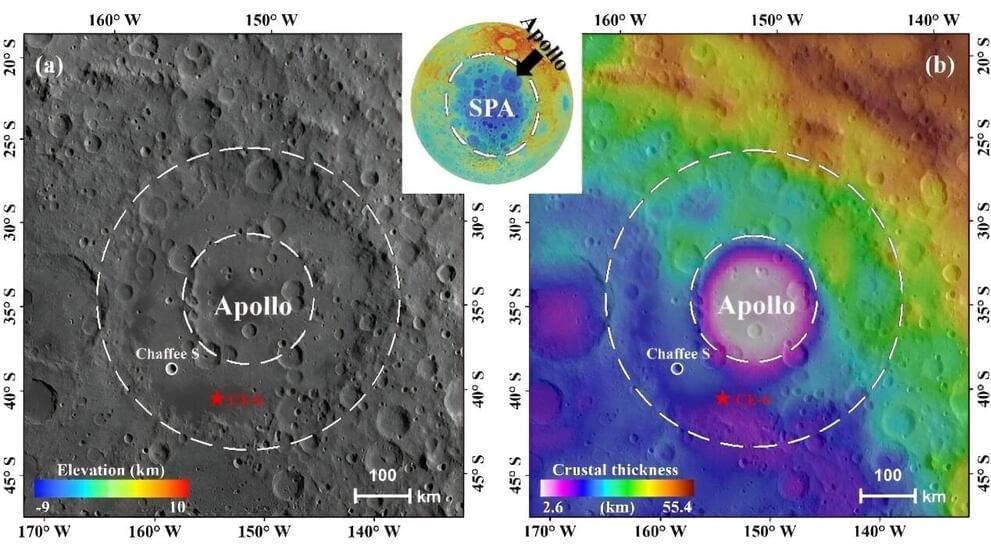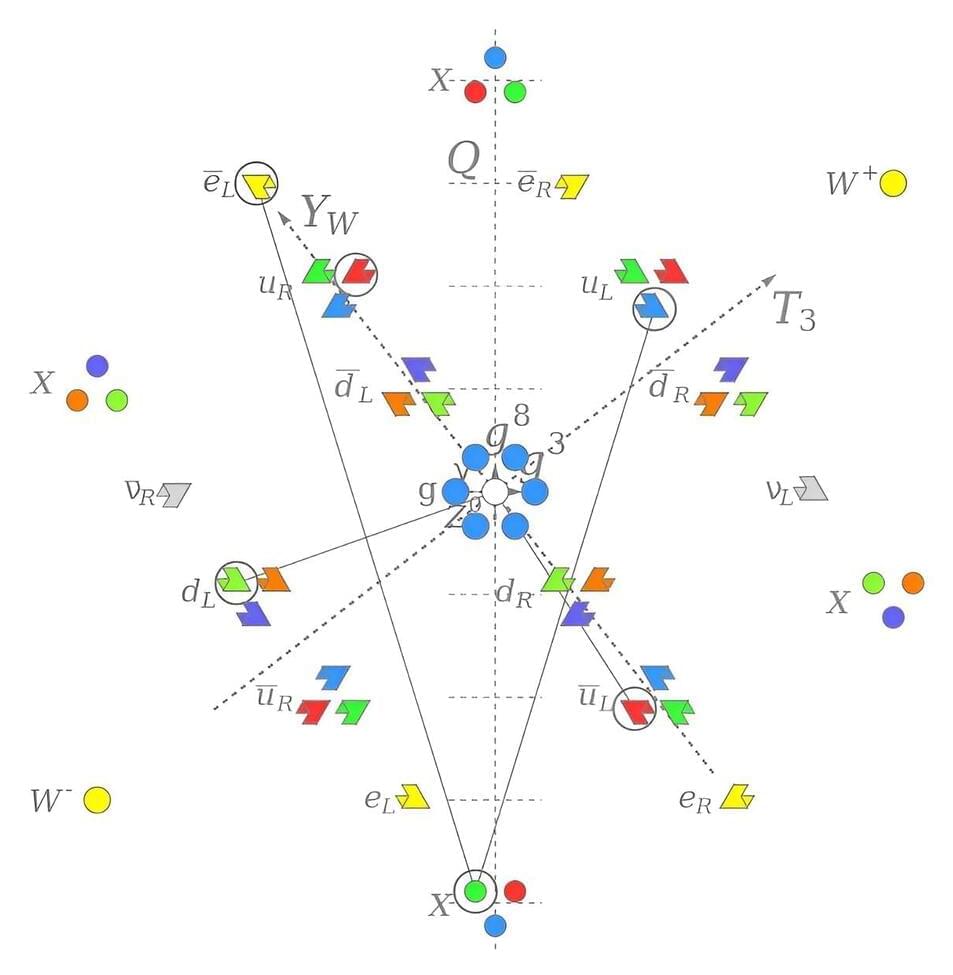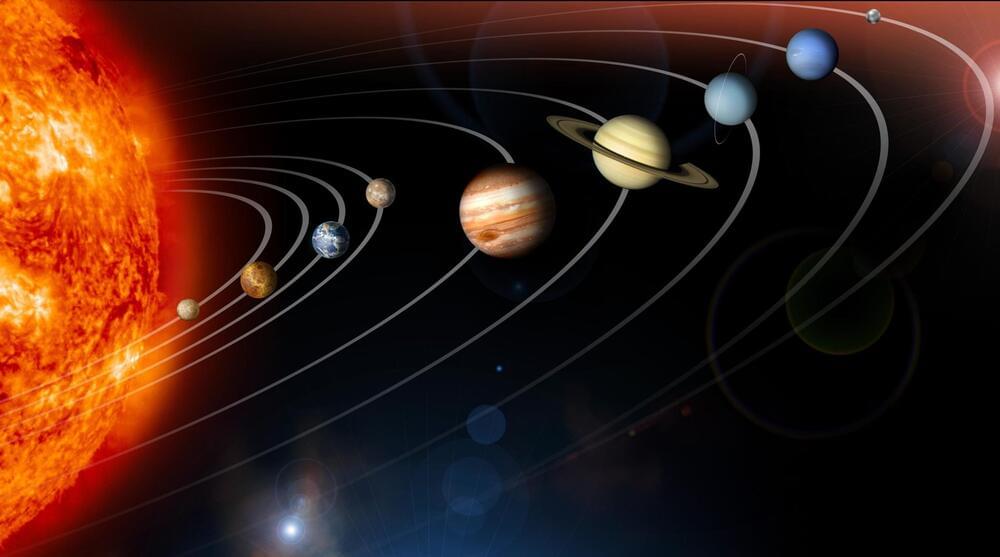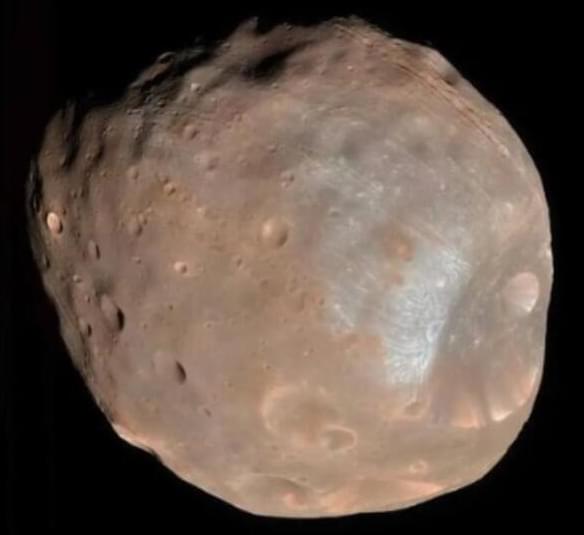Jun 25, 2024
NASA’s Perseverance Mars Rover Unlocks the Geologic Mysteries of Bright Angel
Posted by Genevieve Klien in category: space
Perseverance rover recently arrived at Bright Angel, a notable site on Mars distinguished by its light-toned rocks, situated at the edge of the ancient Neretva Vallis river channel.
Last week, NASA ’s Perseverance Mars rover arrived at the long-awaited site of Bright Angel, named for being a light-toned rock that stands out in orbital data. The unique color here, as well as the surface characteristics and location on the edge of the ancient river channel Neretva Vallis, made Bright Angel a location of interest for the Mars 2020 Science Team.
Initial Observations and Data Collection.

















